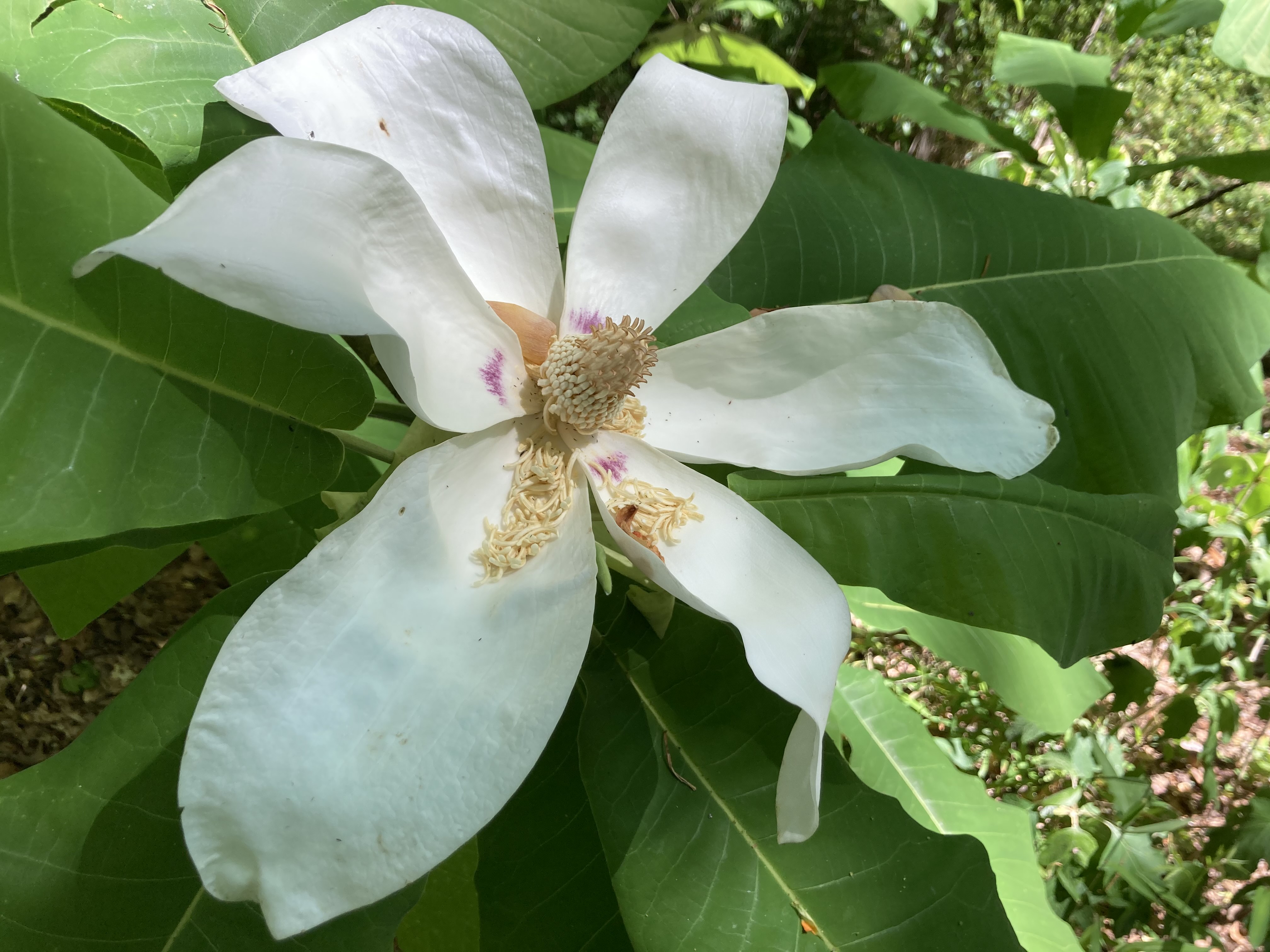W. Gordon Belser Arboretum on:
[Wikipedia]
[Google]
[Amazon]
 W. Gordon Belser Arboretum is part of the University of South Carolina in
W. Gordon Belser Arboretum is part of the University of South Carolina in 

"USC's arboretum 'absolutely stunning'"
Sherwood Forest Neighborhood
Gills Creek Watershed Association
* List of botanical gardens and arboretums in South Carolina
W. Gordon Belser Arboretum on Plants Map
Arboreta in South Carolina Botanical gardens in South Carolina Geography of Columbia, South Carolina Protected areas of Richland County, South Carolina Tourist attractions in Columbia, South Carolina University of South Carolina {{US-garden-stub
 W. Gordon Belser Arboretum is part of the University of South Carolina in
W. Gordon Belser Arboretum is part of the University of South Carolina in Columbia, South Carolina
Columbia is the List of capitals in the United States, capital of the U.S. state of South Carolina. With a population of 136,632 at the 2020 United States census, 2020 census, it is List of municipalities in South Carolina, the second-largest ...
, managed by the Department of Biological Sciences. The arboretum serves as a nature preserve, field laboratory and research site for students and faculty. It is open to the public at a monthly open house. A small botanic garden features shrubs and small trees suitable for Columbia's home landscapes. The remaining landscape features southeast native trees and plant communities and is a certified Palmetto Wildlife Habitat.
The Lindler Circle Trail is approximately , and several short spur paths lead to the bald cypress swamp and dam, the central wetland, and an overlook.
Topography within the approximately arboretum changes dramatically. Dry sandy ridges slope into a ravine with bottomland hardwood forest and wetlands. Springs feed a bog and small creek. City storm drains replace natural drainage channels, and feed the arboretum's bald cypress swamp. Stormwater spreads out here, and water that does not infiltrate flows over a dam spillway, through the creek and over a waterfall into the stormwater system, eventually feeding Gills Creek.
In 1959, William Gordon Belser gave the land to the University and stipulated its mission. But over decades the property became choked with invasive species and was unusable. A major restoration occurred from 2006 - 2016, led by UofSC professor Dr. Patricia DeCoursey, who marshaled thousands of university and community volunteers to perform the work. DeCoursey was recognized for her vision and effort to transform the arboretum in 2012, when she received South Carolina's Environmental Awareness Award. She stepped down in 2018, and Dr. Trey Franklin became director.

Arboretum native plant communities
*Longleaf pine
The longleaf pine (''Pinus palustris'') is a pine species native to the Southeastern United States, found along the coastal plain from East Texas to southern Virginia, extending into northern and central Florida. In this area it is also known as ...
(''Pinus palustris'') and eastern wiregrass prairie
* Blight-resistant American chestnut (''Castanea dentata'')
* Upland oak-hickory deciduous forest
* Bottomland
Upland and lowland are conditional descriptions of a plain based on elevation above sea level. In studies of the ecology of freshwater rivers, habitats are classified as upland or lowland.
Definitions
Upland and lowland are portions of p ...
hardwood deciduous forest dominated by tulip tree, '' Liriodendron tulipifera''
* American beech (''Fagus grandifolia
''Fagus grandifolia'', the American beech or North American beech, is a species of beech tree native to the eastern United States and extreme southeast of Canada.
Description
''Fagus grandifolia'' is a large deciduous tree growing to tall, w ...
'') and maple (''Acer rubrum
''Acer rubrum'', the red maple, also known as swamp maple, water maple, or soft maple, is one of the most common and widespread deciduous trees of eastern and central North America. The U.S. Forest Service recognizes it as the most abundant nati ...
, A. leucoderme'') forest
*Bald cypress swamp (Taxodium distichum
''Taxodium distichum'' (bald cypress, swamp cypress; french: cyprès chauve;
''cipre'' in Louisiana) is a deciduous conifer in the family Cupressaceae. It is native to the southeastern United States. Hardy and tough, this tree adapts to a wide r ...
)
*Atlantic white cypress bog (Chamaecyparis thyoides
''Chamaecyparis thyoides'' (Atlantic white cedar, Atlantic white cypress, southern white cedar, whitecedar, or false-cypress), a species of ''Cupressaceae'', is native to the Atlantic coast of North America and is found from southern Maine to ...
)
*Southeast native ''Magnolia'' and ''Rhododendrons''
*Streetside display gardens of native and non-native azaleas and small flowering trees
*Riparian
A riparian zone or riparian area is the interface between land and a river or stream. Riparian is also the proper nomenclature for one of the terrestrial biomes of the Earth. Plant habitats and communities along the river margins and banks a ...
and wetland communities
*Trailside wildflower gardens

Public Visiting Information
Visitors are invited to the free Open House the 3rd Sunday of every month from 1 - 4 p.m. Gates are open on Bloomwood and Wilmot Dr. Parking is available on both streets. Restrooms are not available. The mulched path is uneven and the terrain is hilly. Pets are not permitted in the arboretum.See also
"USC's arboretum 'absolutely stunning'"
Sherwood Forest Neighborhood
Gills Creek Watershed Association
* List of botanical gardens and arboretums in South Carolina
References
External links
*W. Gordon Belser Arboretum on Plants Map
Arboreta in South Carolina Botanical gardens in South Carolina Geography of Columbia, South Carolina Protected areas of Richland County, South Carolina Tourist attractions in Columbia, South Carolina University of South Carolina {{US-garden-stub